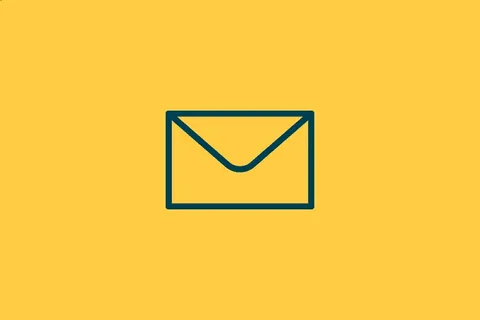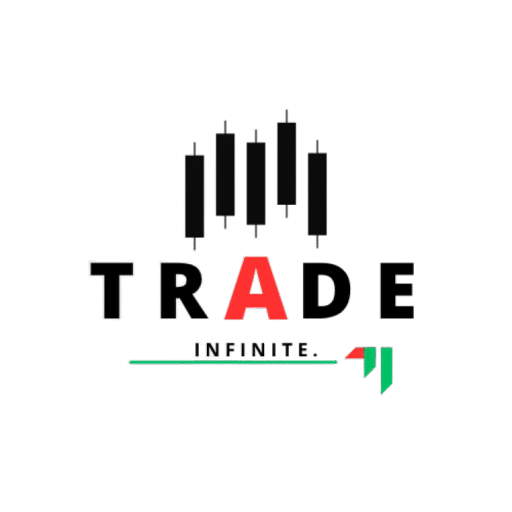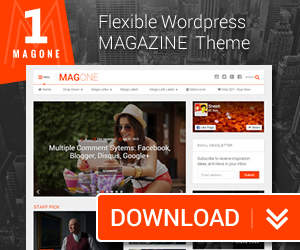In the world of digital interfaces, icons are the unsung heroes that communicate complex ideas with simple visuals. Among these, the mail aesthetic i
In the world of digital interfaces, icons are the unsung heroes that communicate complex ideas with simple visuals. Among these, the mail aesthetic icon remains a pivotal element in representing messages, emails, and communication tools. Though seemingly straightforward—a stylized envelope—it plays a multifaceted role in user experience, branding, and interface design.
This article explores the significance of the mail aesthetic icon, its evolution, design principles, applications, and future trends. We’ll also cover frequently asked questions to help you understand how to leverage this vital symbol effectively.
Must visit: tradeinfinite

The Essence of the Mail Aesthetic Icon
The mail aesthetic icon primarily depicts an envelope—a universal symbol for communication, messaging, and correspondence. In digital environments, it signals email inboxes, messaging features, contact information, and notifications.
“Aesthetic” highlights the intentional design choices that enhance visual appeal, ensure brand consistency, and improve usability. This might involve minimalist lines, vibrant colors, dynamic animations, or customized shapes that reflect a brand’s identity.
Historical Context: From Physical Letters to Digital Symbols
The envelope icon’s origin traces back to the traditional postal system, where letters were the primary communication form for centuries. As the internet and email emerged, designers adopted the envelope symbol to represent digital messaging, leveraging familiar imagery to ease user adoption.
- Early digital icons: Simple, pixelated envelopes focused on clarity over style.
- Graphical enhancements: With better display technologies, icons gained color, shadows, and dimensionality.
- Flat design movement: Favored simplicity with clean lines and bold colors.
- Contemporary styles: Feature animations, personalized themes, and integration with modern UI/UX trends.
Why Mail Aesthetic Icons Matter
Universal Comprehension
The envelope shape is instantly associated with messages, reducing ambiguity and facilitating quick recognition.
Streamlined Navigation
Mail icons serve as intuitive access points in apps and websites, guiding users toward messaging features without excessive text.
Brand Reinforcement
Customizing the mail icon to reflect brand colors and style contributes to a cohesive digital identity.
User Engagement
Animated or visually striking mail icons can attract attention, prompting users to check messages or notifications promptly.
Accessibility and Efficiency
Icons save space and convey information succinctly, crucial for mobile and responsive designs.
Popular Styles of Mail Aesthetic Icons
Flat Icons
Characterized by solid colors and simple shapes, flat icons are versatile and widely used for their clarity and scalability.
Outline or Stroke Icons
These use thin lines to depict the envelope, offering a minimalist, elegant appearance favored in professional contexts.
Filled Icons
Bold and solid, filled icons stand out on busy interfaces and work well with notification badges.
Hand-Drawn and Illustrative Icons
These provide a personalized, creative touch and are popular among lifestyle brands and apps targeting a casual audience.
Animated Icons
Dynamic icons featuring envelope flaps opening, letters sliding, or notification pulses improve interaction and feedback.
Designing the Perfect Mail Aesthetic Icon
Prioritize Simplicity
Complex details reduce legibility, especially on small screens. Focus on recognizable shapes and clear outlines.
Align with Your Brand
Incorporate brand-specific colors, shapes, and styles to maintain visual harmony across all touchpoints.
Use Scalable Vector Graphics (SVG)
SVG ensures icons look sharp on any screen size or resolution, from tiny buttons to large displays.
Ensure Accessibility
Choose color contrasts that accommodate all users and provide descriptive alternative text for screen readers.
Animate Purposefully
Use subtle animations to enhance usability without distracting users.
Applications of Mail Aesthetic Icons
- Email clients and webmail interfaces: For inbox, compose, and send functions.
- Contact pages and forms: Indicate email contact methods clearly.
- Navigation bars and toolbars: Quick access to messaging features.
- Notification systems: Display unread message counts or alerts.
- Marketing and social media: Enhance email signature graphics and campaign visuals.
Customizing Mail Icons for Impact
- Color Customization: Apply brand colors or seasonal themes.
- Shape Tweaks: Adjust corner roundness or add unique embellishments.
- Notification Badges: Add small circles or numbers to indicate new messages.
- Animation Effects: Include smooth transitions or interactions.
- Label Integration: Combine with text for clarity, especially for accessibility.
Common Mistakes to Avoid
- Overcomplicating the Design: Too much detail hinders recognition.
- Low Contrast: Icons that blend into backgrounds frustrate users.
- Inconsistent Styles: Mixing different icon types causes visual clutter.
- Excessive Animation: Overuse can distract or annoy.
- Poor Placement: Icons should be where users expect and can easily access them.
Frequently Asked Questions (FAQs)
Q1: What is the best file format for mail icons?
A: SVG is preferred for scalability and clarity. PNG suits static images, while GIF or animated SVG fits animated icons.
Q2: Can mail icons be used for general messaging?
A: Yes, many apps use mail icons to represent all messaging types, including chat and SMS.
Q3: How to ensure mail icons are accessible?
A: Use high contrast, provide alt text, and don’t rely only on color to convey meaning.
Q4: Are animated mail icons user-friendly?
A: When used sparingly and thoughtfully, animations can enhance user engagement without causing distraction.
Q5: Are there alternatives to the envelope icon?
A: Yes, paper planes and speech bubbles are alternatives, but the envelope remains the most universally recognized.
The Future of Mail Aesthetic Icons
Looking ahead, mail icons will continue to evolve with emerging technologies:
- Interactive Capabilities: Allowing users to preview messages or act directly from the icon.
- Adaptive Designs: Changing appearance based on context, device, or user preferences.
- 3D and Augmented Reality: Immersive icons in next-gen interfaces.
- Personalized Experiences: AI-driven customization tailored to user behavior.
Conclusion
The mail aesthetic icon is a fundamental visual cue that bridges traditional communication and modern digital interaction. Its design influences user navigation, brand perception, and overall interface effectiveness.
By focusing on simplicity, brand coherence, accessibility, and thoughtful animation, designers can craft mail icons that are not just functional but also engaging and memorable.
As digital communication continues to expand, the humble mail icon will remain an essential element—one that connects people and ideas seamlessly through elegant design.



COMMENTS